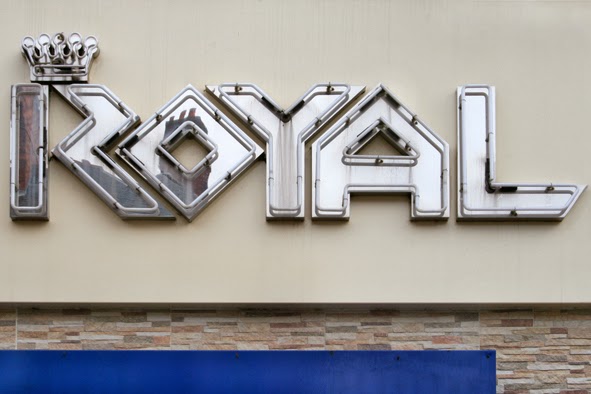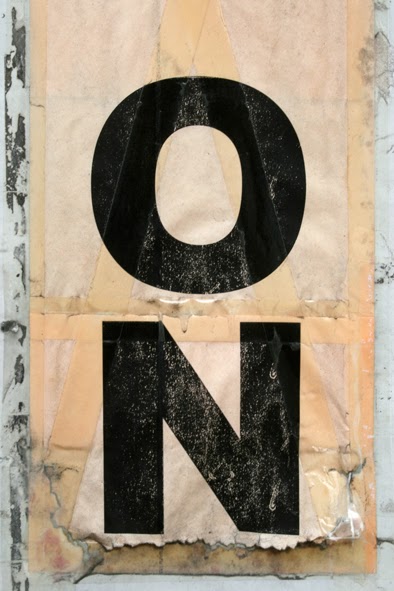 |
| Chipping Campden, Gloucestershire, March 2014 |
In my last post,
I discussed my trip to view Stewart Geddes’ exhibition ‘Zed Alley’, at the Campden Gallery in Chipping Campden,
Gloucestershire. I was in no hurry that
day, so took the opportunity to idle away some time in a teashop and to take an
exploratory stroll, whilst amongst all that picturesque Cotswold beauty.
 |
| Chipping Campden, Gloucestershire, March 2014 |
I’ve already
discussed, (in connection with my recent trip to Mousehole in Cornwall), how it
can be difficult for me to take such quaint or attractive destinations purely
on face value these days. It seems that,
once one has adopted some variety of Psychogeographic attitude to the world, it
becomes harder to accept standard versions of what makes a place interesting or
attractive without being aware of numerous attendant contexts, frames of
reference and back-stories. On top of
all that, is the issue of subjective response, personal memory and tangential
associations, (which are all very important elements of the whole palaver, as
far as I’m concerned). Ultimately, it
becomes a process of reading one’s surroundings, as well as simply experiencing
them in the moment. One just has to be
wary of only reading a given
environment, instead of experiencing
it directly. It should be about
enriching and expanding one’s initial response, not reducing it to a purely
theoretical exercise.
 |
| Market Hall, Chipping Campden, Gloucestershire, March 2014 |
In the light of
that, it would be foolish to deny the immediate aesthetic charms of a town like
Chipping Campden. If beauty is to be
located in honey-coloured stonework, undulating rooflines and the elegant
patinas of well-maintained antiquity, it has it in spades. It features a typical, (for the Cotswolds),
broad High Street, whilst its well preserved old market hall and buildings of
considerable grandeur, betray the affluence of a wool trade that fuelled the
regional economy for centuries. Such
places are a massive draw for tourists, day-trippers, lovers of history and
those in pursuit of the rural idyll, and are absolutely part of the story England still likes to tell about itself.
 |
| Market Hall, Chipping Campden, Gloucestershire, March 2014 |
This is, of
course, the crux of the matter. Just as
in Cornwall, the traditional economic drivers no longer really apply and the
trade becomes as much in leisure and tourism is in any tangible commodity. Whilst this implies the obvious support
services, catering, hospitality, and the retailing of non-essential or
aspirational goods, it becomes about a trade in ideas too. Increasingly, the prime function of these settlements becomes as
places to be visited, or inhabited as some kind of statement, rather than as places in which life goes on in an organic sense. They are experienced at a remove and rather than just being
themselves, they become about themselves.
In the Cotswolds,
this would obviously include generalised notions about ‘heritage’ and ‘the
beauty of the English countryside’. It
might also take in a fondness for all the trappings of aristocracy, (and beyond
that, the locally domiciled monarchy), and the country life of gundogs and
jodphurs. The region is home to numerous
stately piles occupied by both the estabilished, (and sometimes cash-strapped),
upper orders, as well as the newly wealthy looking to buy into a
tradition. For many, I guess it's about trying to purchase something called 'quality of life', having earned a pile somewhere else. Further south, in a more
diverse town like Stroud, one can observe a more left-leaning eco/alternative
sensibility too, but I saw no evidence of it in Chip-Cam.
 |
| Chipping Campden, Gloucestershire, March 2014 |
Wandering along
the High Street, my eye fell upon a very obvious clue to the real contemporary
essence of such places, - namely, the British worship of property. The first was a discreetly stylish interior
design shop, advertising its status as an outlet for Lloyd Loom furniture. It symbolised how that much yearned for
Cotswold life is of course based on vastly inflated property prices, and the
creation of highly styled domestic environments inspired by high-end interior decorating
magazines. In an environment of such
impeccable tastefulness, it’s impossible to avoid the impression that life and
lifestyle might be two rather different things.
A kind of
battered, down-at heel vibe might apply amongst the more impoverished upper
classes [1.] but, for those aspiring upwards, the prevailing trend is towards
something much more mannered, (and manicured).
All that studied mellowness turns out to be very consciously constructed
indeed, and reveals itself through an increasingly hyper-real procession of
quality retro brands (L.L etc), in precisely clipped box hedges and miniature
bay trees, and via uniformly painted heritage green front doors, (specified by
regulation, I assume).
 |
| Chipping Campden, Gloucestershire, March 2014 |
Admittedly, I was
well outside my familiar urban back yard and started to feel a little spooked
by these slightly too perfect surroundings.
In search of primary colours and something a little harder edged or more random, my lens was drawn to a builders’ skip, complete with safety cones
and hazard tape. There was something
refreshing about its crude utilitarianism and clashing red/yellow/green
contrasts, and something ironic about the ‘Budget’
legend stenciled on its sides. Of
course, it actually stood as further proof of the primacy of the property
market and, I imagine, of another building being renovated or upgraded way
beyond the price bracket of the vast majority.
 |
| Ford Pickup Truck, Chipping Campden, Gloucestershire, March 2014 |
My biggest visual
surprise ultimately came at the bottom end of C.C.’s High Street where I found
a couple of customised old American pickup trucks. Whilst equally retro in character, these hot
rods seemed completely out of context with the street, with their muscularity and aggressively
American aesthetic. Certainly they stood
out like amusingly sore thumbs in a world of Range Rovers and Jaguars. My enthusiasm for cars doesn’t extend very
far these days but I have a vestigial interest in vehicles like this from my
teenage years and appreciate both their ludicrous, cartoonish qualities, and the hard work that often goes into modifying them.
 |
| Chevrolet Pickup Truck, Chipping Campden, Gloucestershire, March 2014 |
 |
| Ford Pickup Truck, Chipping Campden, Gloucestershire, March 2014 |
The black Ford
was a pleasing example of 1950s styling, but it was the Chevrolet that really
fascinated me, being made over in a rat rod style. It’s a highly mannered approach in which
loads of work goes into making a vehicle look as attractively dilapidated and
low-tech as possible, (sometimes with positively post apocalyptic results). An anti-paint job like this is often
carefully distressed to achieve the desired effect and details like
deliberately denting bodywork or crazing window glass are not at all
unusual. I thought about the worn,
abraded surfaces I had just been enjoying in Stuart Geddes’ paintings, and
about how I was actually surrounded by numerous different stylistic strategies for filtering the past.
 |
| Stewart Geddes, 'Ellerhoop', (Detail), Oil & Mixed Media On Wooden Panel, Date Unknown |
 |
| Chevrolet Pickup Truck, Chipping Campden, Gloucestershire, March 2014 |
I grabbed a few
photos of the trucks, and decided it was time to get out of there.
Postscript:
Reading through this post again, I'm aware it's general tone may seem a little cynical. In the interests of balance, I should point out that both the gentleman I chatted to at Campden Gallery, and the lady who served me a pot of tea up the road were both perfectly friendly and seemingly lacking in airs and graces. I just thought it worth mentioning, if only to prove I'm not a complete inverted snob!
Postscript:
Reading through this post again, I'm aware it's general tone may seem a little cynical. In the interests of balance, I should point out that both the gentleman I chatted to at Campden Gallery, and the lady who served me a pot of tea up the road were both perfectly friendly and seemingly lacking in airs and graces. I just thought it worth mentioning, if only to prove I'm not a complete inverted snob!
[1.]: Grayson Perry discusses this entertainingly in: Grayson Perry, ‘All In The Best Possible Taste’, Channel 4 Television, Three Episodes, First Broadcast: 05 June, 12 June, 19 June 2012, and: Grayson Perry, 'The Vanity Of Small Differences' (Exhibition Catalogue), London, Hayward Publishing, 2013.






































